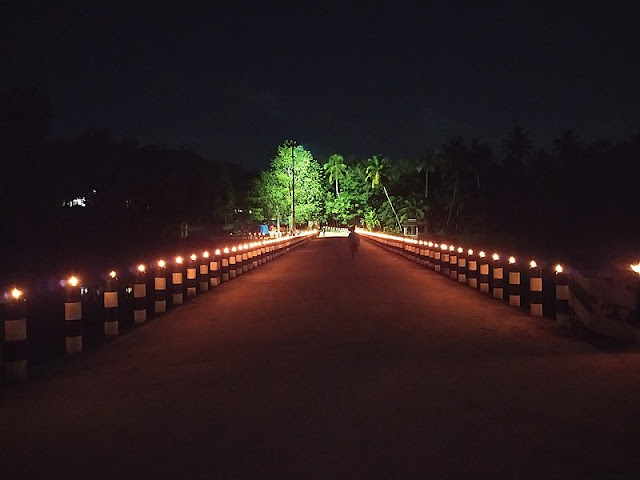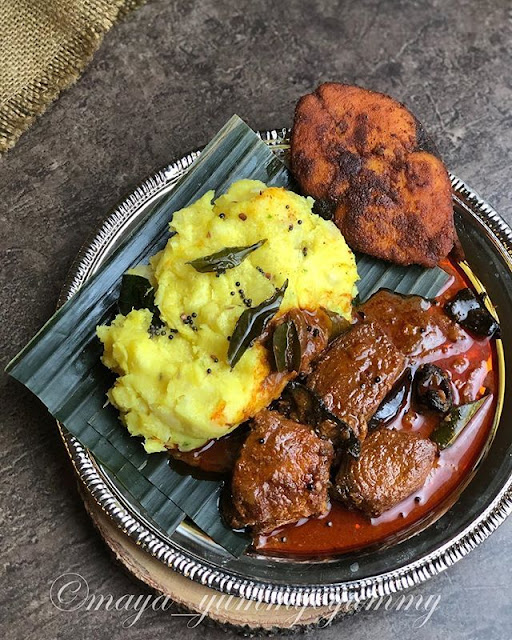A
great option for a one day trip from Kanyakumari. Good and fresh
local foods available. Especially fish items. Good place for fishing.
Netta (Sivalokam) is the place where the Chittar dam is situated in
the lush green and serene district of Kanyakumari district in Tamil
Nadu.
CHITTAR DAM LOCATION (CLICKHERE)

Chittar
Dams are a perfect runaway location as a picnic spot for those who
seeks calm and peace atmosphere. Chittar consists of two dams and
reservoirs namely Chittar I and Chittar II. These dams were
constructed between 1964 and 1970.The dams were constructed as a part
of Kodayar irrigation project, which was started during 1890’s,
purely for irrigational purpose. Chittar dams are situated at a
distance of 65 km from Trivandrum City in Kerala and 37 km from
Kanyakumari in Tamilnadu. The main reason is that there are a lot of
places or other things to do nearby like Thripparappu waterfalls,
Pechipparai Dam, Kurishumala trek etc. Chittar Dam II is where you
will find a place for leisure and picnic activities. But before
entering to the dam site, please take permission from the Dam
authorities, which you will find near the dam. Take adequate food and
water and also umbrella. The shops are very much limited there. At
any time please don’t try to enter into water, as it can be
dangerous. You cannot measure the depth of water, as water level will
change from area to area.


This
dam has no shutters as seen in other dams. The Chittar Reservoir
serves as an important source of irrigation for the region. The
waters are cool and depth of the dam is very less if it is during
summer and even during monsoon, you can enjoy a cool and refreshing
bath. As the depth of the reservoir is irregular, it is advisable not
to go too far from the banks. Chittar dam became more famous after
the movie Rithu got released. The film has captured all the beautiful
spots of this aesthetic place and it has driven many tourists. The
best time to visit Chittar is the winter monsoons, when the climate
is cooler and the sun not so harsh. Chittar Dam consists of 2 dams
Chittar 1 and Chittar 2 and are connected with each other via an
internal road. Chittar 1 and Chittar 2 has crystal clear waters and
the reflection of the short and green peaks nearby is the uniqueness
of the place. Chittar is not a general tourist destination. It is a
perfect retreat or family outing spot where you can carry in your
picnic bags and have a great outing experience. But please be
responsible and do not litter, and help it maintain its uniqueness.
Being a Dam site photography is strictly prohibited so you won’t be
allowed in with Digital or Video cameras. This is allowed only on
attaining special permission.

Chittar is also a unique place for
fishing. Although 80% are small fishes, most of them are special
delicacies like “karimeenu”, “Varaal” etc. For less fishing
enthusiasts, you can also buy them if you can reach Chittar by around
8am, when local fishermen catch them and sell it near the dam. Some
resorts have also sprung up during recent days and you can also plan
on a stay there.
There
are several small basic restaurants which sells tasty fish fries of
Dam fish, Hotel Achayans and Muhammod Aarif at Sankarankadavu is one
among them and we had tasty fish fry and tapioca from there.

Anantya is ideal for the experiential traveler who wants to rest and relax and engage in a variety of experiences. Lily ponds and water lined walkways are common soothing elements around the cottages, restaurant and the large infinity pool. With open verandas to watch the shimmering lake, outdoor showers, Jacuzzis for a private soak, private plunge pools, every cottage has something special for guests.Lounge and relax, meditate, practice yoga, indulge in Ayurveda treatments, take long hikes on trails under the tall rubber trees, learn about rubber cultivation and how to “tap” a tree and draw its milky white rubber sap, journey through the forest and meet the Kaani tribals, experience their unique lifestyle, eat forest fruits that you will never see on store shelves, drive to the tip of India and see the sun rise out of the ocean and set into the ocean, meet the devi whose anger created the colored sands of the beaches, explore “Old Travancore” and hear the tales of its illustrious kingsThe reservoir view offered infront of this restaurant is one of the best.


Chittar
Dam Location: Chittar
Dam – 1 and Chittar Dam – 2 are located at about 1.5 Kms from
each other. Chittar Dam is located at about 15 Kms from
Thirunanthikarai, 14 Kms from Pechiparai, 18 Kms from Thiruvattaru, 9
Kms from Thirparappu, 15 Kms from Kulasekharam, 22 Kms from
Marthandam, 21 Kms from Kuzhithurai, 23 Kms from Vilavancode, 44 Kms
from Nagercoil, 64 Kms from Kanyakumari and 50 Kms from
Thiruvananthapuram. Nearest Railway Station is located at Kuzhithurai
and Nearest Airport is located at Thiruvananthapuram.





















































